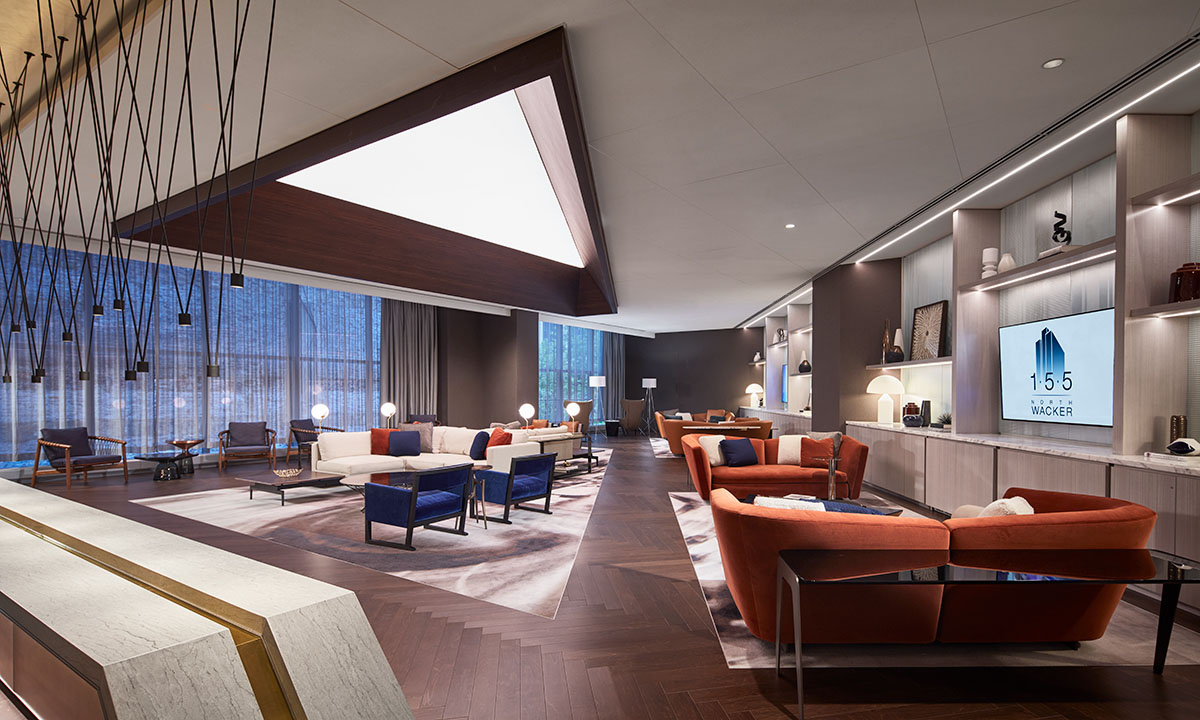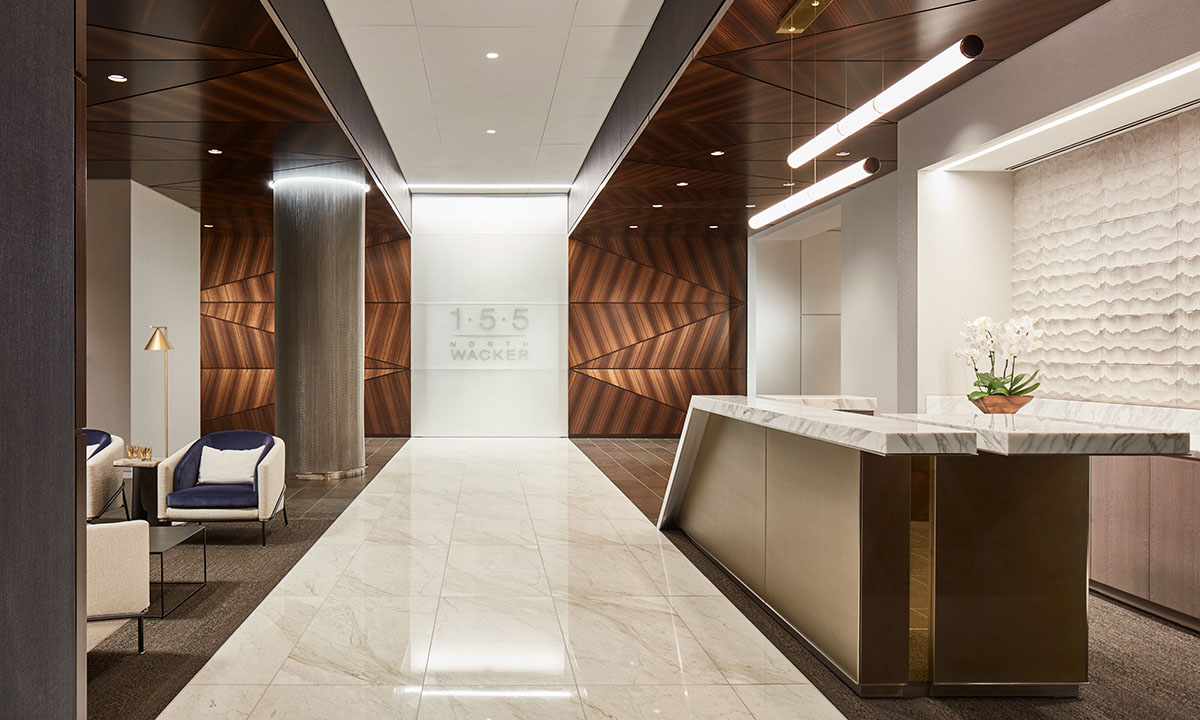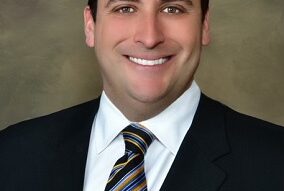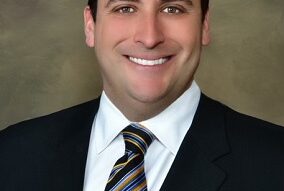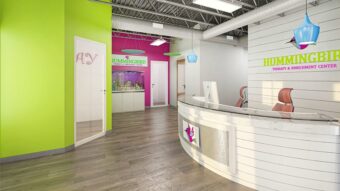Building owners are tirelessly juggling tenant needs, building operations and maintenance and their budgets, especially as—now more than ever—tenants are asking if their space is healthy to occupy and how to reduce their carbon footprint to meet corporate sustainability goals.
Many projects currently under construction were able to switch gears and change design during the pandemic to meet these new demands. But what about existing buildings? What options do they have to be seen as Class A with these new tenant expectations?
How an existing building can become a healthy space with reduced carbon emissions
Prior to the pandemic, 155 North Wacker knew tenants wanted to lease space in a building with healthy amenities and a low carbon footprint. Immediately next door was a new construction project, 151 North Franklin, that achieved WELL Gold, LEED Gold and was fully leased within months of opening. 155 North Wacker knew they could achieve the same.
To retain tenants prior to their long-term leases expiring, 155 North Wacker invested in HVAC Load Reduction (HLR) Technology, Monitoring Based Commissioning (MBCx) and modernized their tenant lounge and fitness center. Each investment provided value for tenants, from improved air quality to reduced carbon emissions and utility bills.
For example, the building installed Chicago’s first HVAC Load Reduction (HLR) Technology to help remove and monitor CO2, VOCs, PM2.5 and other contaminants from the supply air. It has been shown that improved indoor air quality leads to an 8-11 percent improvement in occupant productivity.
Additionally, the HLR technology reduced the amount of energy consumed by the building, lowering its carbon footprint and utility bill. On average, HLR technology has been shown to reduce energy consumption by 40 percent. With a main tenant that occupied their space 24/7, this was a smart investment.
MBCx was implemented to reduce the building’s energy use and carbon footprint. The MBCx software constantly monitors the HVAC equipment throughout the building to ensure it is operating efficiently.
Enhanced thermal comfort and improved health and wellness offerings were additional benefits. Historically, tenant work orders have largely been related to thermal comfort. For this reason, sensors were installed at each tenant terminal unit as part of the building’s MBCx integration to constantly measure temperature and relative humidity. The number of “cold calls” the facilities team has received has dropped significantly. The building also modernized its tenant lounge and gym to retain its health-conscious tenants. They now offer digital exercise and meditation classes to tenants during the pandemic.
The nation’s first WELL Core certified at the Platinum level and LEED Platinum building
To capitalize on the investments previously mentioned and prove that they could still compete with the best in the competitive real-estate market, ESD helped 155 North Wacker achieve numerous designations in 2020, including WELL Core Certified at the Platinum level, LEED v4.1 EB:O+M Platinum certification and WELL Health Safety Rating. ESD supported the JBC building management team, led by Brian Keaty and Elizabeth Juarez, in their efforts to pursue all three certifications.
Strategies implemented to help achieve all three designations and improve the building’s healthy and sustainable offerings included annual third-party air and water testing to verify superior air and water quality; year-round record of comprehensive cleaning, maintenance, safety and training procedures; free organic fruit and water daily at the concierge desk; monthly fitness and meditation classes and bi-annual ergonomics assessments for building staff.
Together, these building-wide improvements helped 155 North Wacker remain a Class A building and tenants due to the building’s sustainable and healthy offerings.
The take-away
Healthy and low-carbon buildings are here to stay, especially those with tenants who are looking to attract top talent and meet corporate carbon reduction targets. The pandemic and the economic impacts of climate change will continue to be a driving force.
Soon we will see more tenants asking for carbon emissions and air quality data from their building to meet their own internal demands. We will also see more investors asking their properties to provide this data and information about their community outreach to help with their annual environmental, social and governance (ESG) reporting.
Tools like LEED v4.1 and WELL can help quickly provide this data. When seeking to remain a Class A office building, third-party verified certifications can be a great tool to implement.
About the author
Tim Zelazny, WELL AP, LEED AP BD+C, AIA, CPHC, BECxP is Envelope & Healthy Buildings Specialist at ESD in Chicago. He is an expert in LEED, WELL and Passive House Certification, and consults on energy and sustainability for new and existing buildings in the areas of energy modeling, daylight analysis, hygrothermal analysis, thermal bridging analysis, material toxicity analysis, renewable energy analysis, carbon sequestration, exterior envelope performance and sustainability.
